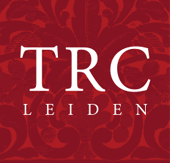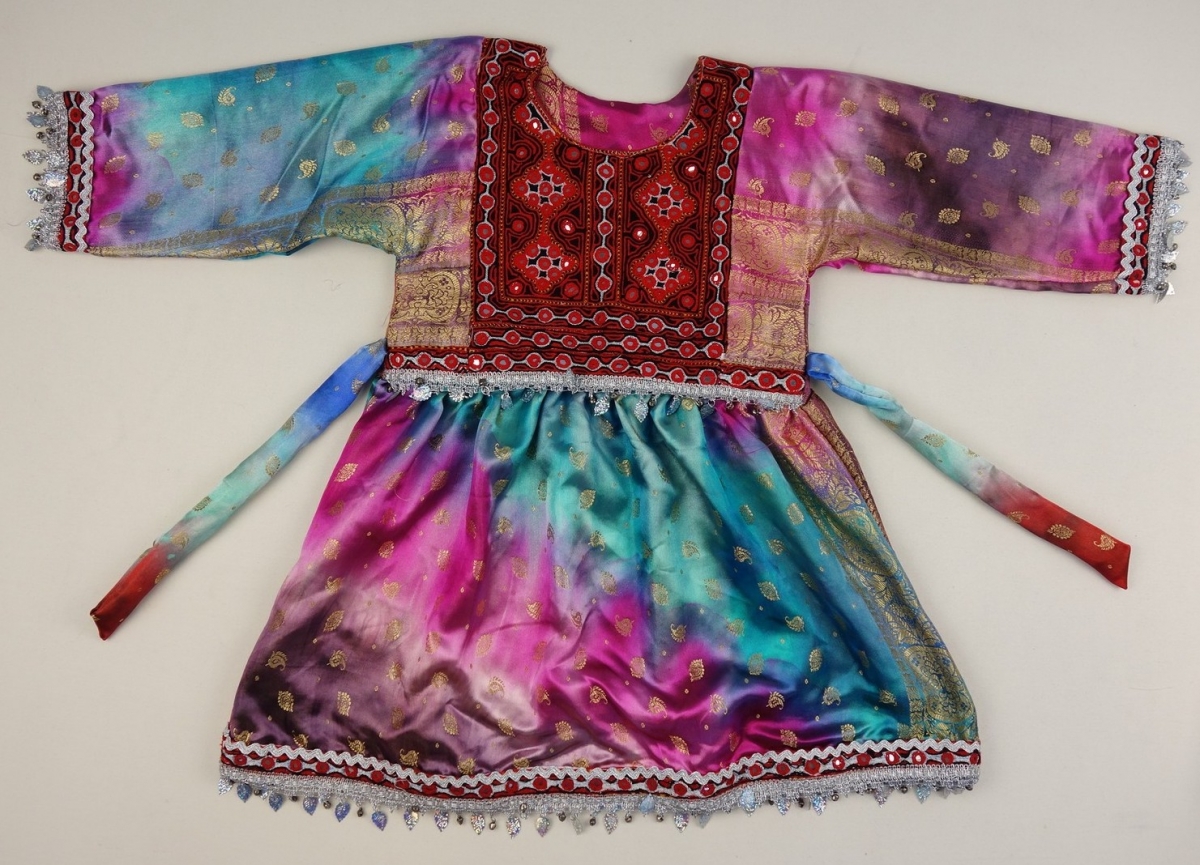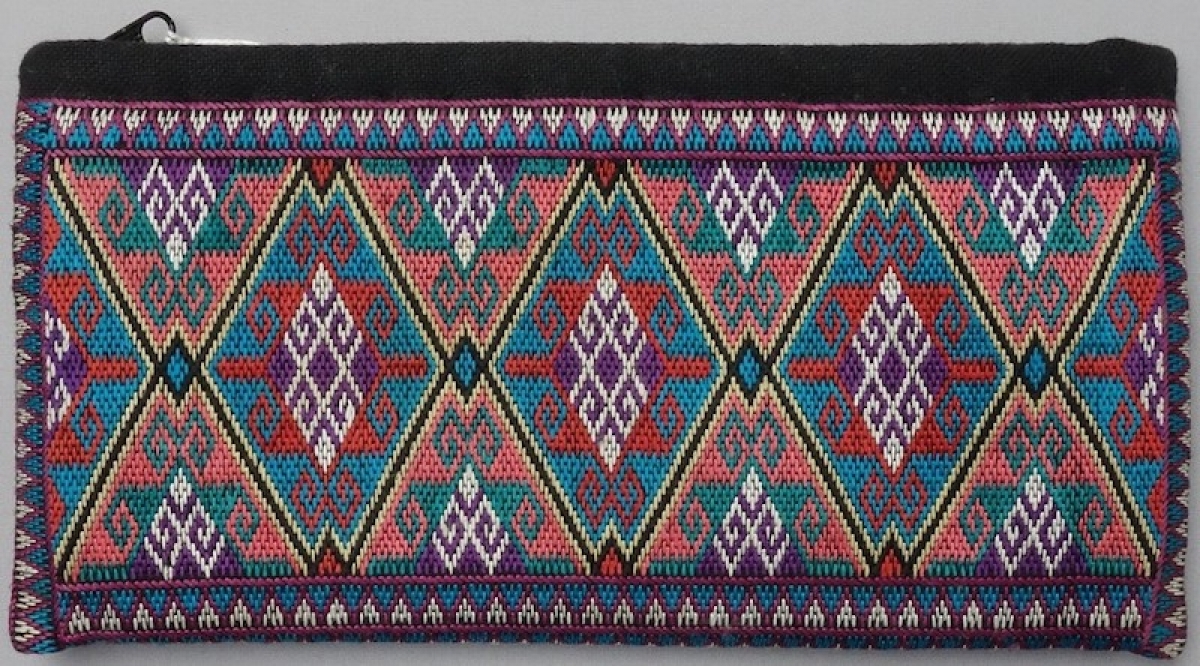Afghan Dress
Afghan Dress
Many people, both inside and outside of the country, regard Afghanistan as a land that is perpetually affected by war, terrorism and internecine strife. Yet Afghanistan is also a country with a remarkably rich heritage, including a fascinating array of ethnic and regional clothing traditions. Afghanistan is the home of more than fifty ethnic groups, and many of these have indeed their own styles of garments and textile decoration. The different traditions often reflect the position of the country, between Central Asia to the north, Iran and the Middle East to the west, and the Indian subcontinent to the east. For millennia the people of all these neighbouring lands have affected the history and the dress traditions of the people of Afghanistan, just as the people of Afghanistan have influenced the history and dress of the neighbouring lands.

 Afghan girl in traditional clothing. The photograph was exhibited at the exhibition "Well-dressed Afghanistan", TRC Leiden, November 2010 - March 2011. Photograph: Hans Stakelbeek (2009).Also on display was a series of photographs taken by the Dutch photographer, Hans Stakelbeek, who between 2006 and 2010 frequently visited Afghanistan on behalf of the Dutch Ministry of Foreign Affairs. The organisation of the exhibition was supported by Dr Willem Vogelsang, former curator Southwest and Central Asia of the National Museum of Ethnology, Leiden, and between June 2008 and January 2011 working in Uruzgan, Southern Afghanistan, as cultural advisor to the Dutch forces stationed in the province.
Afghan girl in traditional clothing. The photograph was exhibited at the exhibition "Well-dressed Afghanistan", TRC Leiden, November 2010 - March 2011. Photograph: Hans Stakelbeek (2009).Also on display was a series of photographs taken by the Dutch photographer, Hans Stakelbeek, who between 2006 and 2010 frequently visited Afghanistan on behalf of the Dutch Ministry of Foreign Affairs. The organisation of the exhibition was supported by Dr Willem Vogelsang, former curator Southwest and Central Asia of the National Museum of Ethnology, Leiden, and between June 2008 and January 2011 working in Uruzgan, Southern Afghanistan, as cultural advisor to the Dutch forces stationed in the province.
The TRC collection of Afghan clothing and textiles owes much to May and Rolando Schinasi, who donated to the TRC many items that they collected in Afghanistan from the 1950s to the 1970s. Another collector who donated many items to the TRC is the American ethnomusicologist, Mark Slobin, who spent long periods of time in Afghanistan between 1967 and 1972. Finally, we would like to thank Mohammad Khairzada in Kabul, and many other Afghan friends, for all their help and advice.
For further reading, see: M. Catherine Daly, 'Afghan dress and the diaspora'; Willem Vogelsang, 'Regional dress of Afghanistan'; Gillian Vogelsang-Eastwood, 'Afghan embroidery', and idem, 'The chadari/burqa of Afghanistan and Pakistan'. These four articles are included in: Gillian Vogelsang-Eastwood (ed.), Berg Encyclopedia of World Fashion and Dress, Vol. V: Central and Southwest Asia. London/Oxford/New York/New Delhi/Sydney: Berg Publishers (Bloomsbury Publications) 2011.
For more information on the exhibition, click the TRC Needles entry.
The items contained in the individual image galleries all form part of the TRC collection, unless indicated otherwise.
For this online exhibition:
- Authors: Gillian and Willem Vogelsang
- Web-design: Joost Koopman
- Exhibition design: Willem Vogelsang
- Publisher: TRC Leiden.
- Year of publication: 2017
- Copyright: All illustrations of objects housed in the TRC collection can be used free of charge, but please add to the caption: "Courtesy Textile Research Centre, Leiden" and the pertinent accession number of the object.
















